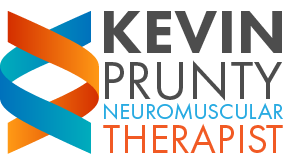There are many reasons why we can experience pain in our lower back and EVERYTHING MATTERS. Much of the time a lack of movement, deconditions the body and creates a disconnect. When we start to lose unconscious control of movement, flexibility decreases, tension increases, joint mobility becomes compromisedand this all leads to altered movement patterns. This on its own can test a person’s resiliance but most people adapt until further neglect or perhaps injury or overuse, or poor nutrition/hydration or negitive physchosocial issues or adapted pain behaviours exhaust our capacity to adapt. For example a restricted hip requires more movement in the low back to produce the same stride in a walking gait. This coupled with a disk or facet injury or increase in bodywide tone due a dietry imbalance, poor breathing patterns, anxiety, stress can test the most resiliant of people.
Acute bouts of pain and minor injury will clear up in 6 to 8 weeks in the majority of people regardless of the approach taken so the focus from the start is to prevent persistant chronic pain. This has much to do with adapted pain behaviours like movement avoidance and a lack of resolution of periferal threats, like trigger points, adhesion, inflexibility, lack of control or persistant overuse and reinjury of healing structures. Where to start the treatment & rehabititation of back pain is patient specific and may require more than one approach. However, regaining control of unconscious, fearless movement is a top priority. In light of that, optimising gait and patient specific functional movement forms the basis of the initial assessment, followed by any arising flexibility and control issues.
Therefore typical lower back strengthening and stretching exercises involve mobilising the hip and thoracic spine, standing single leg balance, trunk sway tests, squat, deadlift, generally increasing movement literacy and exposing the patient to threatening loads and movement patterns in a graded fashion. All the while simultaneously maintaining a training load for the patient/athlete so that a safer return to sport is attainable.
For more information contact your local neuromuscular therapist.
Photo by Lukas Rodriguez from Pexels


Recent Comments